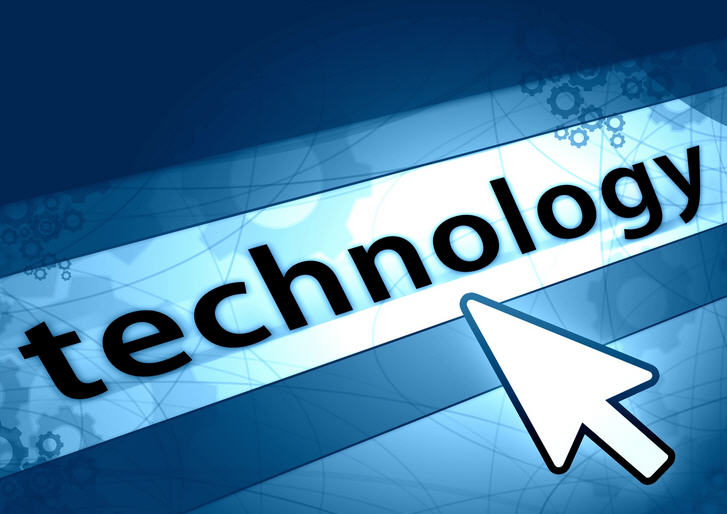Optimizing Magnetic Resonance Imaging (MRI) protocols
The Need
Medical imaging plays a crucial role in modern healthcare, aiding in the accurate diagnosis and treatment of various diseases. Magnetic Resonance Imaging (MRI) is a widely used non-invasive imaging modality that offers significant advantages over other techniques due to its lack of ionizing radiation exposure. The need for a high-quality MRI scan is paramount, as it directly impacts diagnostic sensitivity and accuracy. Medical professionals require an advanced technology that can optimize MRI protocols, ensuring the production of exceptional images with superior signal-to-noise ratios, minimal artifacts, and appropriate spatial-temporal resolution. Meeting this demand would revolutionize MRI imaging and enhance patient care.
The Technology
The technology described is an innovative method for optimizing magnetic resonance imaging (MRI) protocols. It involves a systematic approach to enhance image quality and diagnostic efficiency. The process begins with the reception of MRI scanner settings for an imaging sequence, followed by the selection of relevant objective functions from a range of options. Using these objectives, the technology determines the optimal acquisition train length and selects an appropriate k-space strategy. Additionally, it optimizes various imaging parameters to achieve superior results.
Commercial Applications
-
Medical Diagnostics: The technology's primary application lies in the field of medical diagnostics. By optimizing MRI protocols, it enables medical professionals to obtain high-quality images, facilitating accurate diagnosis of various conditions, such as tumors, strokes, heart problems, and spine diseases.
-
Research and Development: The technology finds extensive use in research and development of new MRI techniques. It allows researchers to fine-tune protocols for specific research objectives, yielding valuable insights into the structure and function of biological tissues.
-
Clinical Trials: Pharmaceutical companies and medical research institutions can employ the technology to optimize MRI protocols for clinical trials. Consistent and high-quality imaging data enhance the efficacy and reliability of trial outcomes.
Benefits/Advantages
-
Enhanced Image Quality: By optimizing imaging parameters and k-space strategies, the technology leads to higher signal-to-noise ratios and reduced artifacts, resulting in superior image quality. This enables more precise and reliable diagnoses.
-
Reduced Scan Time: With optimized acquisition train lengths and k-space strategies, the technology can shorten the overall scan time while maintaining image quality. This improves patient throughput and enhances the efficiency of healthcare facilities.
-
Tailored Protocols: The technology allows for the customization of MRI protocols to suit specific clinical or research requirements. This flexibility enables medical professionals and researchers to obtain images tailored to their needs, leading to better patient care and more valuable research data.
-
Increased Diagnostic Confidence: By producing high-quality images, the technology empowers medical professionals with greater diagnostic confidence. Accurate and detailed images aid in formulating appropriate treatment plans, resulting in better patient outcomes.
-
Cost Efficiency: Optimized MRI protocols lead to efficient resource utilization, reducing the need for repeated scans and associated costs. Moreover, the technology's ability to shorten scan times translates to increased operational efficiency in healthcare settings.
In conclusion, the cutting-edge technology for optimizing MRI protocols promises to revolutionize medical imaging by providing high-quality images, faster scan times, and increased diagnostic accuracy. Its applications span medical diagnostics, research, and clinical trials, offering numerous benefits to healthcare providers, researchers, and patients alike. Embracing this technology will significantly advance MRI imaging capabilities and contribute to improved patient care and medical advancements.
Patents
|
Patent #
|
Title
|
Country
|
|
10444311
|
Methods and Devices for Optimizing Magnetic Resonance Imaging
|
United States of America
|
|
10444311
|
Methods and Devices for Optimizing Magnetic Resonance Imaging
|
United States of America
|
|

|

